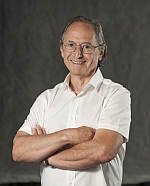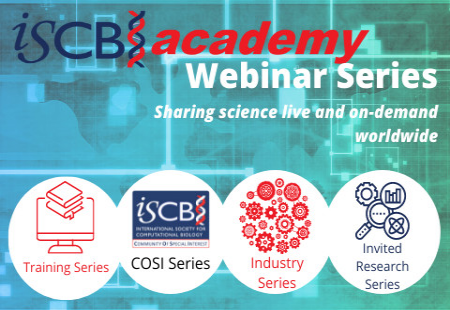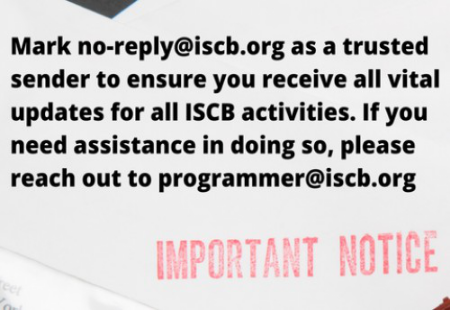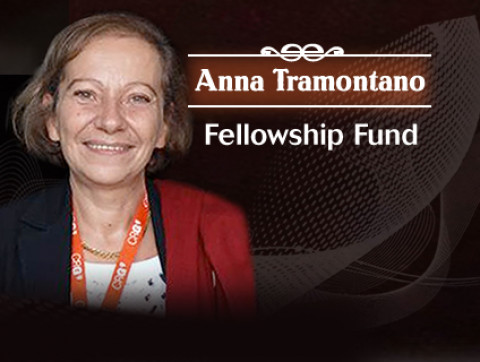 Michael Levitt (KN01)
Michael Levitt (KN01)
2013 Nobel Laureate - Chemistry
Department of Structural Biology,
Stanford School of Medicine
Presentation Title: Fun With Large Structures and Masses of Sequence
Date/Time: Sunday, July 12th, 9:00 am - 10:00 am
Introduction by: Burkhard Rost, ISCB Past President
Abstract:
The development multiscale models for complex chemical systems began in 1967 with publications by Warshel and Levitt recently recognized by the 2013 Nobel Committee for Chemistry. The simplifications used then at the dawn of the age of computational structural biology were mandated by computers that were almost a billion times less cost-effective than those we use today. These same multiscale models have become increasingly popular in application that range from simulation of atomic protein motion, to protein folding and explanation of enzyme catalysis. In this talk I describe the origins computational structural biology and then go on to show some of the most exciting current and future applications.
Biography:
Born in South Africa in 1947, I visited London in 1963 and stayed for a BSc. After a year with Shneior Lifson and his PhD student Arieh Warshel at the Weizmann Institute in Israel, I joined the Cambridge Laboratory of Molecular in 1968.
I returned to Israel in 1972 collaborating with Warshel on multi-scale modeling: coarse-grained models that allowed folding simulation and hybrid models combined classical and quantum mechanics In 1974, I returned to LMB for three years, spent two years with Francis Crick at Salk and seven years at Weizmann, before moving to Structural Biology at Stanford from 1987.
My diverse interests include RNA & DNA modeling, protein folding, protein classification and geometry, x-ray refinement, antibody modeling, side-chain geometry, normal modes, solution molecular dynamics, aromatic hydrogen bonds and mass spectrometry.
My ambitions are to work single-mindedly as I did in the mid-1970’s on hard problems and help today’s young scientists gain the recognition and independence my generation enjoyed.
























